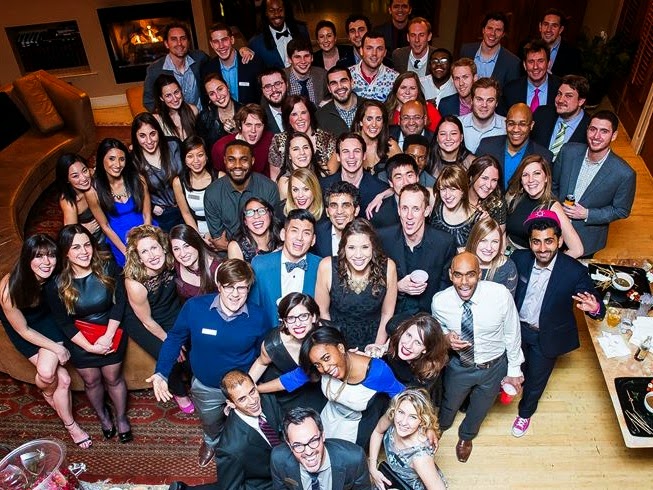While I don't engage in a lot of online conversation, I feel compelled to respond when it's an important sales-related issue to which I can contribute value. I recently posted a brief response to Katrina's challenge on a LinkedIn group. As the issue is one that you have likely encountered, or will face at some point, in your sales career, I want to expand on my original response for the salesSHIFT community.
Here is the abbreviated version of Katrina's original post:
"While I agree that it is very important to be prepared for meetings, today I found myself thinking: 'Did my preparation even matter?'I always have an agenda, am somewhat flexible with my talking points, know my audience, and have determined roles. Despite doing all of this for today's meeting I felt like nothing I said was heard and that the meeting went in circles with several arguments amongst people. In the end it was an unproductive meeting, and I felt unsuccessful. While I normally take ownership of my meetings to get them back on track, today it didn't make a difference. What happened?"
Sadly I've seen this happen to many sales professionals who have done their pre-meeting preparation. And I find myself analyzing the cause of the misconnect. Here's my input based on years of observing.
1. You prepare well. But are you preparing from a 'seller's perspective' rather than the customer's?
Most sales people are crystal clear on why they want to meet with a customer. But how clear are you on the customer's motives? Always find out ahead 'why' they have agreed to meet with you, 'what' they see as the desired output and 'how' they prefer to get to that output. Then prepare your meeting format and content to accurately deliver on these and your expectations. I'm constantly amazed at sellers who have worked so hard to get a first meeting or presentation date with a client and then neglect to proactively ask the questions that will enable them to prepare for a productive outcome.
2. Always kick off the meeting with a brief "Client Engagement Statement."
Remind the customer, using their words, of the 'why, what and how' of the meeting. Then check in with them that this is still correct. If something has changed, get their input on how best to adjust the agenda. In the unlikely event there has been a substantial change to their circumstances that threatens to derail the meeting, then suggest rescheduling and get a firm date in your calendars.
3. If someone unexpected arrives at the meeting, do not make any assumptions.
Start the meeting as suggested in point #2. Ask for a formal introduction to this individual. Be clear on this person's role in the organization and in this meeting. And before proceeding, ask the new attendee if he or she has anything to add to the agenda and what he or she wants to take away from his or her time with you. Be diligent in satisfying the interests you've uncovered.
4. When a meeting feels like it is heading in the wrong direction... Call it!
Using the customer's words remind everyone of the 'why, what and how' to which you all agreed at the start of the meeting. Share your concern that the meeting has got off track and that you want to assure the optimal use of everyone's time. Ask for their input. Get their support, or make a recommendation, on how best to refocus. You will earn their respect and leave with your credibility intact.
5. If your attendees are in disagreement amongst themselves, it can often be a valuable dialogue.
Assuming the discussion relates to the meeting agenda, you may step in as an unbiased moderator. Be sure to keep a close watch on time and let the group know when they need to move on. If the disagreement stems from an issue that has no relevance to the original intent of the meeting and you have no value to add, then make the call. Suggest that this may be an internal issue that needs to be addressed prior to your further involvement. And schedule a firm date to reconvene.
Final word on this. If you have a disengaged audience, it's time to consider your reason for being there. Is this one of those meetings you drove and the customer finally caved under pressure? Or do you have evidence that points to high interest and mutual value for both parties?
My final words to Katrina: "Never forgo preparation. Preparation is the lifeblood of sales success. Just make sure it's the right preparation and that you have prepared from both points of view."
Good selling!
JILL HARRINGTON, sales expert, speaker, trainer and president of
salesSHIFT, has contributed to the success of thousands of sales professionals
and business owners around the world. She provides the uncommon sense that will
shift the way you think and maximize your influence, impact and income. Visit www.salesshift.ca to learn
more and to get your weekly dose of Monday Motivation. Jill may be reached at
jill@salesshift.ca.










